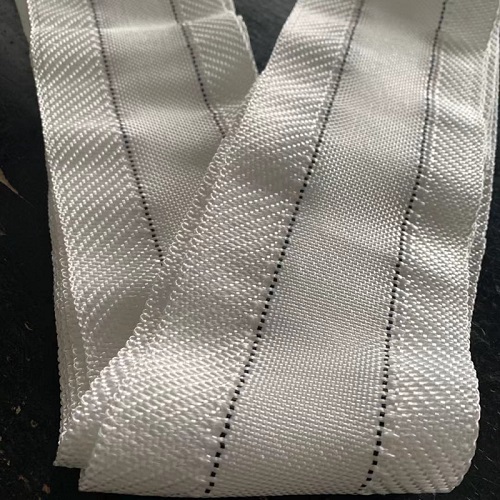Vinylon, also known as vinylon, is the trade name of polyvinyl formal fiber. Some hydroxyl groups of polyvinyl alcohol, the main component of vinylon, were sealed by formaldehyde condensation treatment. Most fibers are made by wet spinning.
1. Morphological structure: the cross section of vinylon is waist shaped, with skin core structure. There are 1-2 grooves in the longitudinal direction.
2. Moisture absorption and dyeability: The moisture absorption capacity of vinylon is good among common synthetic fibers, and the moisture regain can reach about 5% under general atmospheric conditions. Due to the skin core structure and acetalization treatment, the dyeing performance is poor, the dyeing chromatography is incomplete, and it is not easy to dye into bright colors.
3. Mechanical properties and density: Although the strength, elongation at break, elasticity, etc. of vinylon are worse than other synthetic fibers such as (PP ribbon), they are better than cotton fibers, and have good wear resistance, light resistance, aging resistance, and are better than cotton fibers Backpack webbing Durable. The density is lower than that of cotton, about 1,26-1.30g (cm3).
4. Chemical stability: vinylon has excellent alkali resistance, but it is not resistant to strong acids, has strong resistance to general organic solvents, and is not easy to corrode, mold and moth.
5. Thermal property: vinylon has poor heat and water resistance, so it must be subject to acetalization treatment to improve heat and water resistance, otherwise, it will shrink violently in hot water, or even dissolve. The heat conductivity of vinylon is low, so it has good warmth retention.
The production of vinylon is dominated by short fiber, which is often blended with cotton. Due to the nature limitation, lower grade civil fabrics are generally spun. However, vinylon has good adhesion with rubber, so it is widely used in industrial products, such as backpack webbing, ropes, water hoses, fishing nets, canvas, tents, etc.


